Before making big diet changes, talk to your doctor. This is especially important if you have health conditions or take medications. They can help you figure out the right amount of fiber for your body.
Want to keep your blood sugar steady? Fiber can help. This article will show you the best foods high in fiber that can help control your blood sugar levels. This is especially important if you have diabetes or are at risk for it.

Soluble vs. Insoluble Fiber | Fiber’s Role in Digestion | 10 Best Fiber Choices for Blood Sugar Control | How to Add Fiber to Your Diet | FAQs | Conclusion
Soluble vs. Insoluble Fiber: Which Is Better for Blood Sugar?
Soluble fiber dissolves in water and turns into a gel in your stomach. This gel slows down digestion and helps control blood sugar levels. It also helps lower cholesterol and glucose levels in your blood. This makes it especially helpful if you have diabetes.
Insoluble fiber doesn’t dissolve in water. Think of it as nature’s broom – it helps keep your digestive system clean and running smoothly. While it doesn’t directly affect your blood sugar, it helps your body work better overall by adding bulk to stool, helping food move through your digestive system, and supporting regular bowel movements.
How Fiber Helps Your Digestion
Fiber does more than just help with blood sugar. It helps you have regular bowel movements and prevents constipation. It also binds to substances called bile acids in your intestines. When this happens, your body needs to use cholesterol to make more bile acids. This process helps lower your cholesterol levels naturally.
Top 10 Foods High in Fiber for Blood Sugar Control
1. Oatmeal: Your Best Breakfast Choice
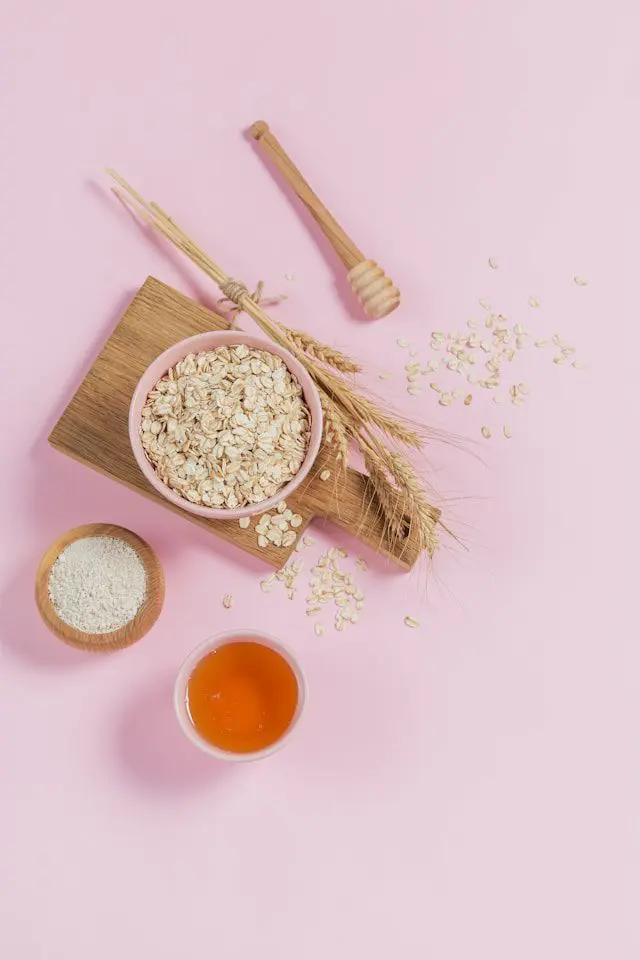
Start your day with a bowl of oatmeal. It contains beta-glucan, a special type of fiber that slows down how quickly your body absorbs sugar. Beta-glucan also helps lower cholesterol and keeps your heart healthy. Make your oatmeal even better by adding banana, berries, or chia seeds on top.
2. Chia Seeds: Tiny Powerhouses of Fiber and Nutrients

These tiny seeds pack a big punch. They absorb water and expand in your stomach, which helps you feel full longer. Chia seeds also give you omega-3 fatty acids and lots of other nutrients your body needs.
3. Avocado: Creamy and Full of Fiber
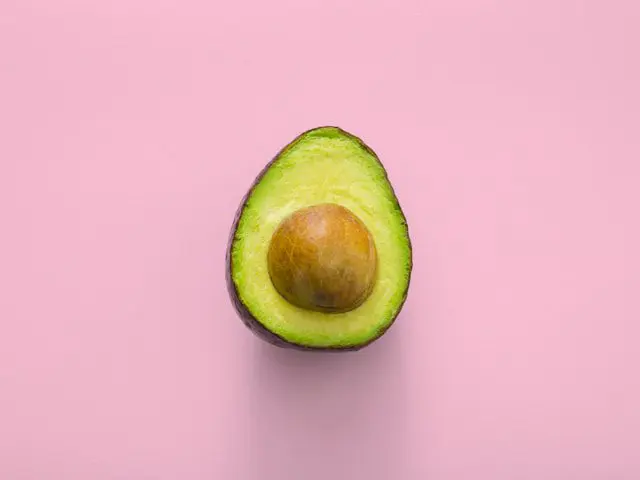
Avocados give you both soluble and insoluble fiber plus healthy fats. You can use them in many ways – spread them on toast, add them to salads, or blend them into smoothies. Their creamy texture makes them easy to add to many foods.
4. Lentils: A Versatile Legume for Stable Blood Sugar

These small legumes are fiber superstars. They’re also high in protein, making them perfect for vegans and those on a plant-based diet. Use them in soups, stews, salads, or as a side dish. Lentils help slow down how quickly your body absorbs carbohydrates, which keeps your blood sugar steady.
5. Berries: Sweet, Tart, and Fiber-Rich
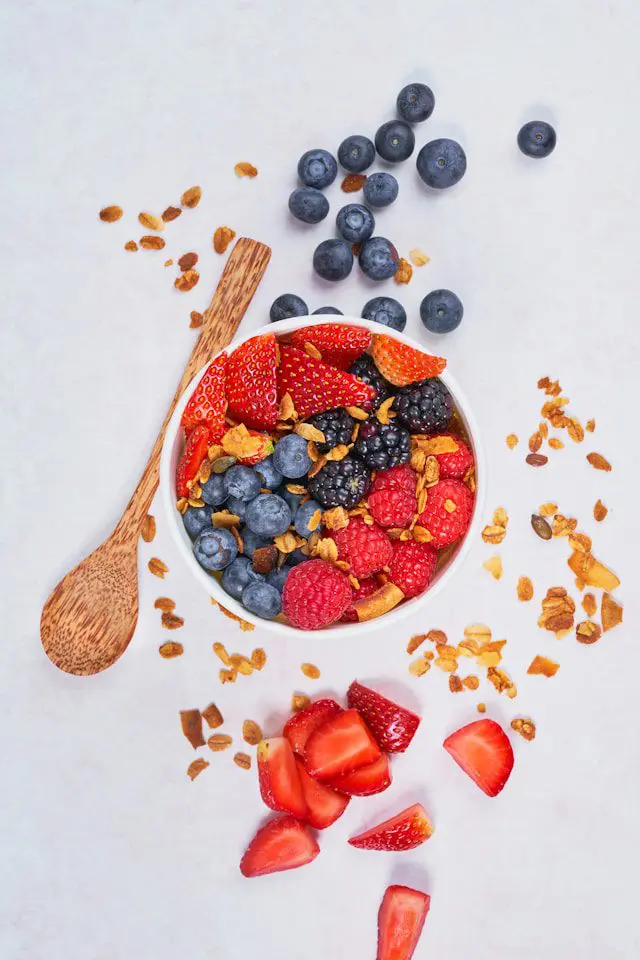
Raspberries, strawberries, and blueberries taste great and help control blood sugar. They’re low in sugar but high in fiber and antioxidants. You can eat them fresh, add them to yogurt, or blend them into smoothies.
6. Psyllium Husk: A Natural Fiber Supplement for Blood Sugar
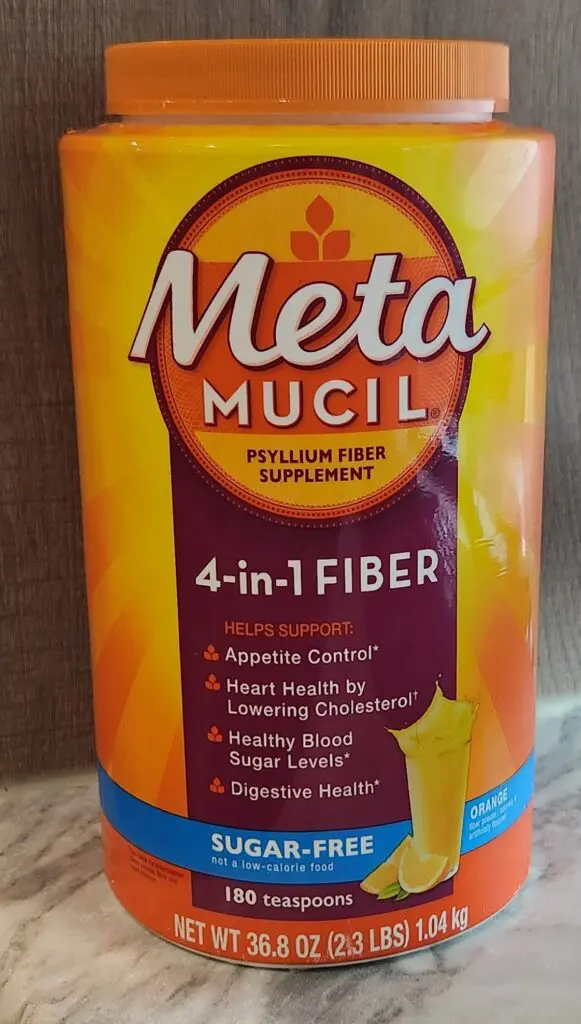
Psyllium husk is a highly effective soluble fiber supplement. It forms a gel in your stomach that slows down sugar absorption. Mix it with water or add it to smoothies.
7. Ground Flaxseed: Omega-3 and Fiber Combo for Blood Sugar Control
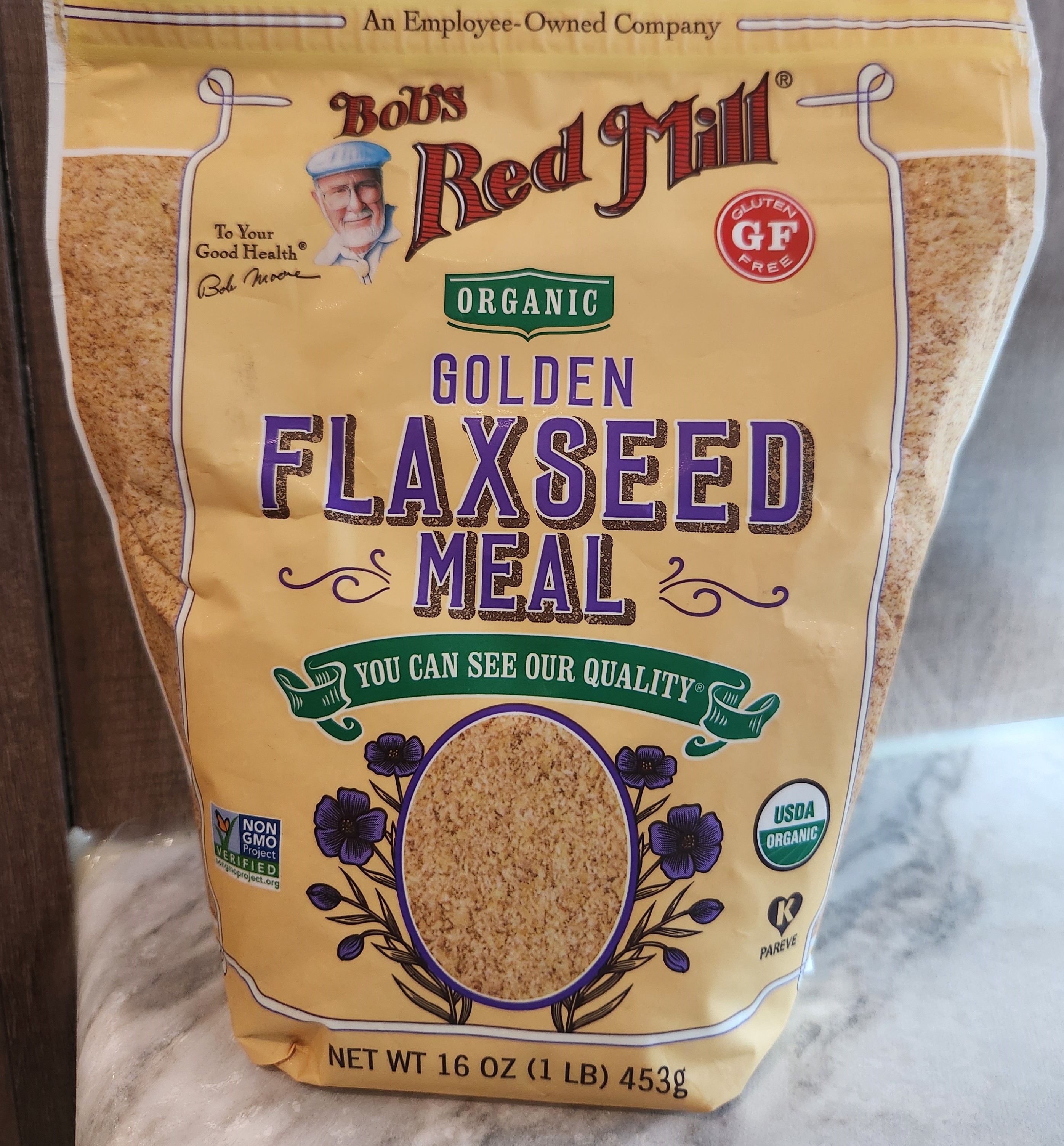
Don’t worry if you’ve never tried flaxseeds before – they’re easy to use. Buy them pre-ground (like Bob’s Red Mill Golden Flaxseed) and sprinkle them on yogurt, oatmeal, or blend them into smoothies. They give you both fiber and healthy omega-3 fats.
8. Broccoli: Fresh Fiber

Fresh broccoli gives you both types of fiber, helps maintain stable blood sugar levels, and contains lots of vitamins. Buy it fresh instead of frozen – it’s cheaper and tastes better. You only need a minute or two to cut off the stalk and rinse.
9. Apples: Convenient Choice for Exceptional Fiber
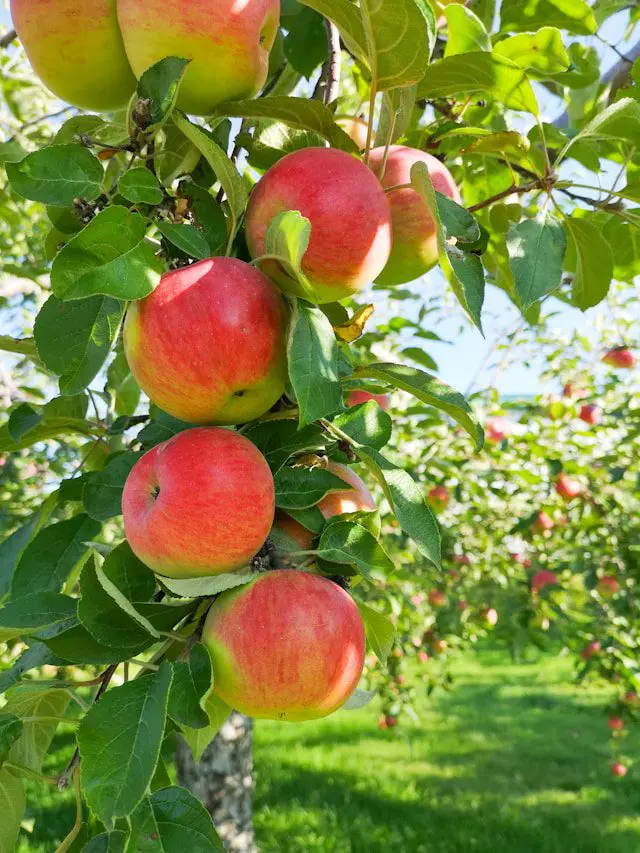
Apples contain pectin, a type of fiber that slows down sugar absorption. They make perfect on-the-go snacks and you can eat them in many ways – fresh, baked, or in salads.
10. Quinoa: Protein-Packed Grain for Balanced Blood Sugar
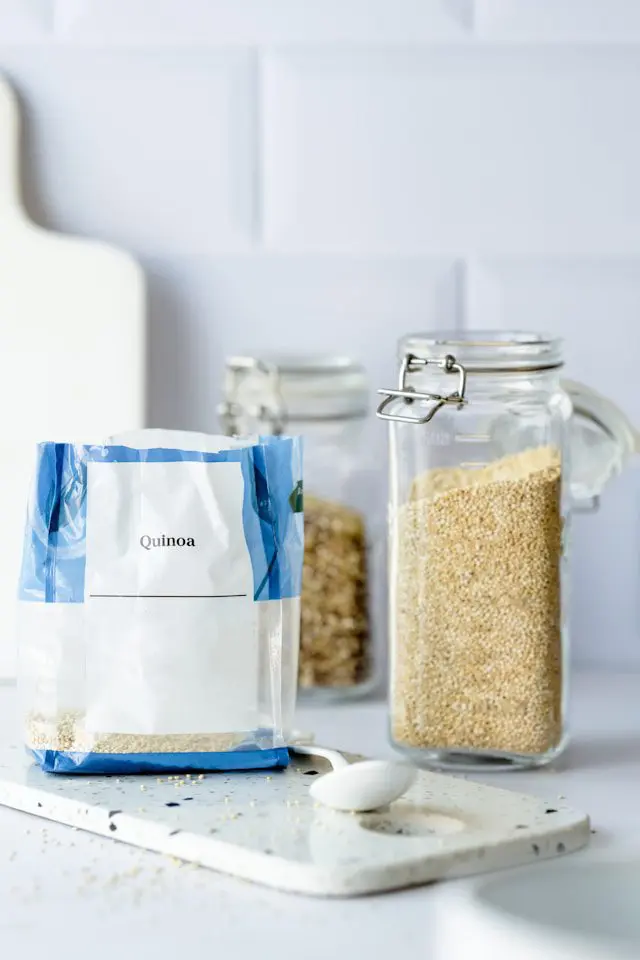
This grain-like seed has fiber and all the protein building blocks your body needs. The fiber in quinoa helps to regulate blood sugar levels by slowing down the digestion and absorption of carbohydrates. Use quinoa as a base for salads, soups, or as a side dish. If you’re new to quinoa, try this easy, savory recipe.
Tips and Tricks: Add More Fiber and Control Your Blood Sugar
- Eat a high-fiber breakfast to start your day right. Getting a large chunk of fiber first thing in the morning will make the rest of your day’s eating easier.
- Don’t overdo it at first. Start with 5 cups of fruits and vegetables each day when you’re starting out and go from there.
- Choose whole grain breads and sourdough over white bread. Sourdough bread is fermented and scores well on the glycemic index. Fermented foods are also good for your gut.
- Get a quality chef’s knife and cutting board to prepare fresh produce. You don’t need to break the bank, but the cheap options will not cut well and/or break, creating a risk of cutting yourself.
FAQs: Fiber and Blood Sugar Control
Do fiber supplements work as well as fiber from real food?
No, fiber supplements don’t give you all the benefits of whole foods. While supplements can help you get more fiber, real foods like fruits, vegetables, and whole grains also provide:
- Vitamins and minerals
- Antioxidants
- Other natural compounds that work together with fiber
- Different types of fiber in natural combinations
Which type of fiber is better for blood sugar – soluble or insoluble?
Both types of fiber help your health in different ways:
- Soluble fiber directly helps control blood sugar by slowing down digestion
- Insoluble fiber helps keep your digestive system healthy, which helps your body process sugar better.
- Most high-fiber foods contain both types, and you need both for good health
Does eating more fiber always cause gas and bloating?
Not if you do it right. You might get gas or bloating if you add too much fiber too quickly. To prevent this:
- Start by adding just a little more fiber each day
- Drink plenty of water. Add 1-2 cups of water for every serving of high-fiber food you eat. Learn more about the benefits of staying hydrated.
- Give your body 1-2 weeks to adjust to eating more fiber
- Pay attention to which foods might bother your stomach
Can fiber help me lose weight?
Yes, fiber can help with weight management because:
- It helps you feel full longer
- High-fiber foods usually have fewer calories
- It slows down digestion, which helps control hunger
- It can help prevent overeating
Embracing Fiber for Better Blood Sugar Control
Incorporating our picks for the best fiber for blood sugar control into your diet can lead to significant health benefits. By prioritizing these nutrient-rich foods, you can achieve better blood sugar management and overall wellness. Enjoy the journey and the benefits that come with a fiber-rich diet.


Leave a Reply